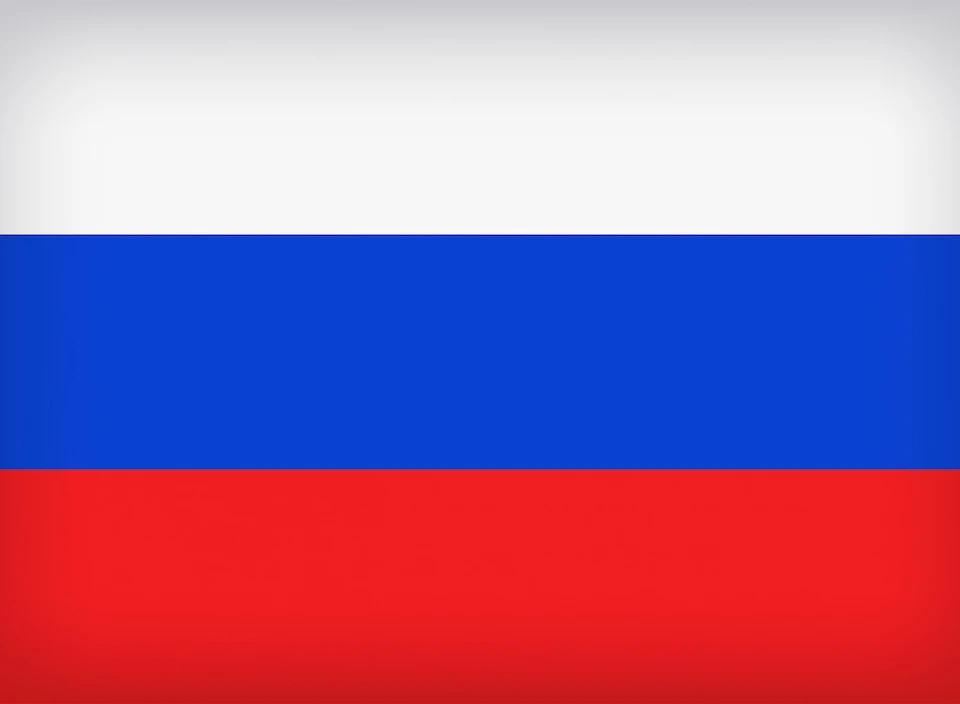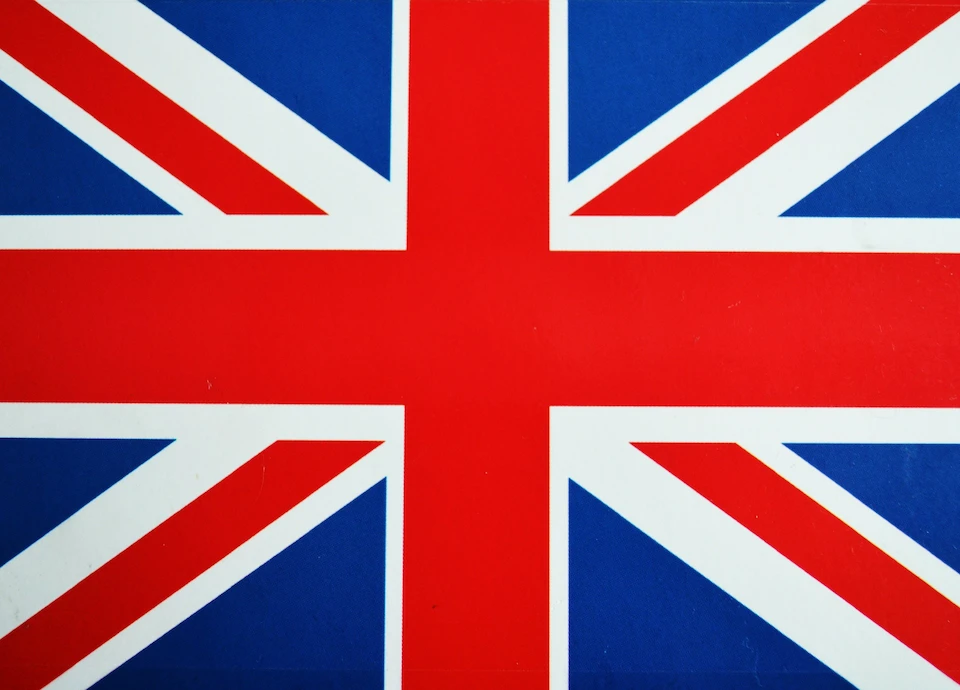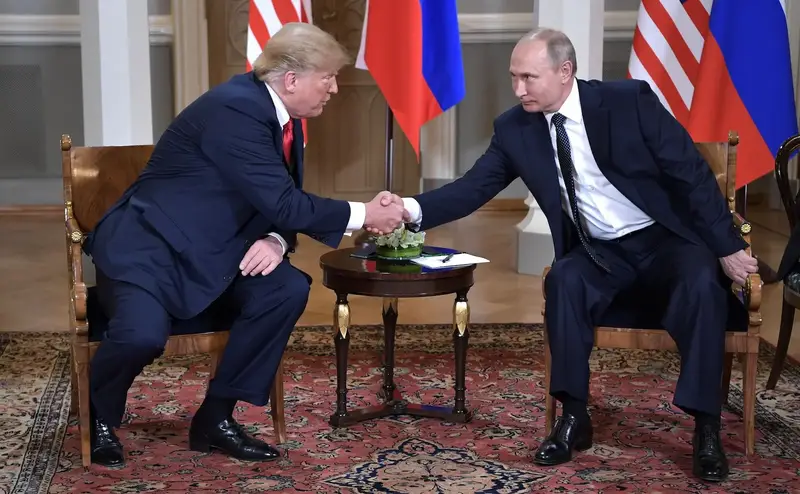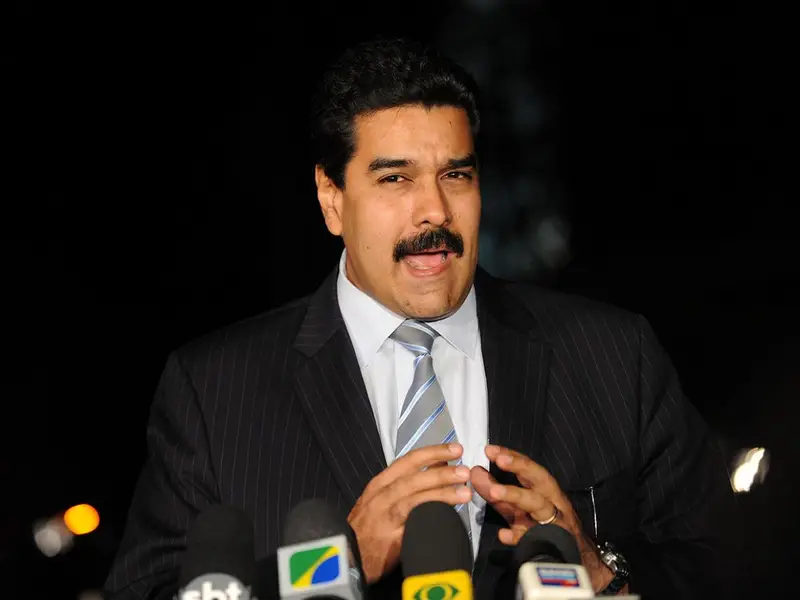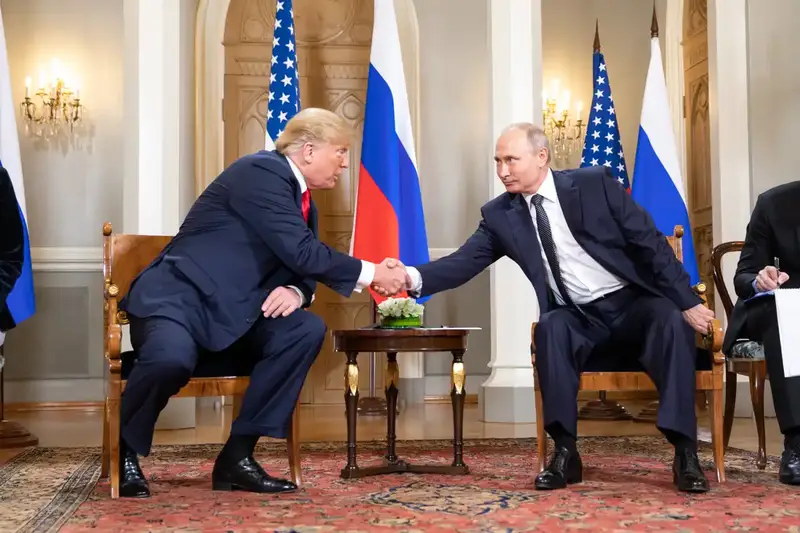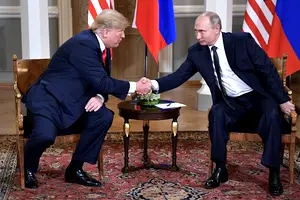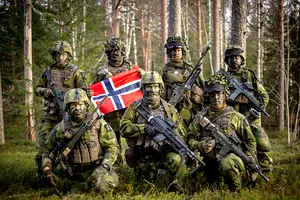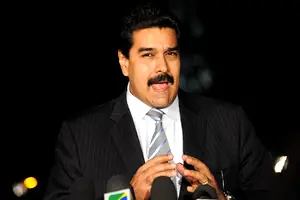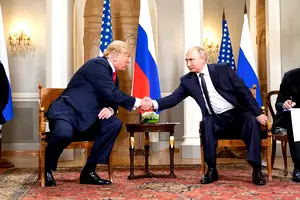Military clash between Russia and the West in the Far North is improbable, but tensions are expected to rise.
Two years ago, in May 2021, Russian Foreign Minister Sergey Lavrov received a wooden gavel – the symbol of the chairmanship of the Arctic Council (AC) – from the hands of his then Icelandic colleague Thor Thordarson at a ceremony in Reykjavik. It was supposed that on May 11, 2023, he would hand the gavel to the next chair of the Council, Norwegian Foreign Minister Anniken Huitfeldt, during a ministerial meeting of the AC member states in Salekhard, Russia.
However, since March 3, 2022 Denmark, Iceland, Canada, Norway, the United States, Finland and Sweden have temporarily ceased cooperation with Russia in the Arctic in protest against the deployment of Russian troops in Ukraine, and so the event in the capital of the Yamalo-Nenets Autonomous District was held at a lower level – Sergey Lavrov in a virtual ceremony handed the symbol of the Arctic Council to the Norwegian Foreign Minister Anniken Huitfeldt.
Paradox. The Arctic countries, in a joint statement, declared serious obstacles to international cooperation in the Arctic, and temporarily suspended participation in all of its meetings, but expressed their willingness to support the activities of the Arctic Council, which they were convinced would be difficult to continue without cooperation with Russia, the largest Arctic power.
As a result, seven of the eight members of the AС denied their scientists access to important sites in the Russian Arctic, where "world-class projects are created that make breakthroughs in the technological, environmental, and energy markets."
Russia, being left without the support of the Arctic Council member states, not only preserved it, but also did not stop scientific research and programs at the Earth's upper pole. On May 11 Sergey Lavrov addressed the participants of the meeting in Salekhard via video link. "As chair of the Arctic Council in 2021-2023, our country has always been guided by the common interests of ensuring sustainable and safe development of the entire Arctic region and the well-being of its population, including indigenous peoples of the North," he said, noting that the full-fledged activity of the Council was "temporarily frozen" by Western member countries "under an absolutely far-fetched pretext of the situation in Ukraine, which they themselves provoked."
The Arctic Council was one of the few forums where Western countries and Russia fruitfully and closely cooperated. However, at the moment Western countries are not going to offer Russia to return to full-scale cooperation within the framework of the Arctic Council. Since March 2022, two-thirds of 130 projects of this forum are frozen, while others are implemented without Russia. And over the same time period, as part of its commitments, Russia has implemented more than 100 different activities in areas such as support for residents and indigenous peoples of the Arctic, environmental protection and the fight against climate change, social and economic development and strengthening of the Arctic Council.
The Arctic has long been on the sidelines of big politics, but climate change and the race for resources have changed the situation, and the Arctic's status as a low-conflict region may be in jeopardy. Finland's accession to NATO, and probably soon Sweden's as well, turns the Arctic Council into one of the "branches" of the North Atlantic Alliance, where Russia remains the only Arctic power that is not a member of NATO. But for how long – and then the "small conflict" can grow into a big one. And Russia's special military operation in Ukraine is one of the pretexts created by the collective West to destroy the Russian Federation and seize its riches.
Here it is worth recalling what so enticed NATO strategists. The Russian coastline of the Arctic Ocean accounts for 53% of the entire Arctic territory. In total, about 2.5 million people live in this area of Russia, which is almost half the population of the entire Arctic.
Russia's Arctic zone with an area of about 9 million square kilometers already provides 12-15% of national GDP and about a quarter of Russian exports. According to the Ministry of Natural Resources and Environment of Russia, the Arctic accounts for 100% of production of such important elements as apatite ores (5.7 million tons), rare-earth metals (124.5 thousand tons), titanium (416 thousand tons) and zirconium (20.9 thousand tons). In addition, the region produces 10% of all-Russian volumes of gold (37.2 tons), 11% of silver (244.3 tons), 36% of diamonds (15.3 million carats) and 99% of platinoids (130.5 tons).
Further development of the Arctic zone is closely connected with the development of hydrocarbon reserves, which are estimated at 83 billion barrels of oil, 1,550 trillion cubic meters of natural gas and 780 billion tons of coal. The total value of the mineral resources is more than $30 trillion.
At the beginning of the 21st century, rapid global climate change, which promises lucrative new sea trade routes and great opportunities for exploiting vast natural resources, will open up access to minerals from the unexplored Arctic seafloor as global warming melts the sea ice above it. In its 2022 State of the Cryosphere report, the International Cryosphere Climate Initiative (ICCI) concluded that an ice-free summer in the Arctic will inevitably occur before 2050.
These issues require a joint international solution. But Russia's actions, as the U.S. State Department said in a statement, in waging war against Ukraine "impede the cooperation, coordination and collaboration that characterize the work of the Arctic Council."
So where is the Arctic and where is Ukraine?
Never mind, since minerals are slipping from the raking hands of the Anglo-Saxons. "The United States is an Arctic nation that instills a responsibility to manage and protect this region, especially in this time of change," said U.S. Secretary of State Antony Blinken, while forgetting to whom America owes its Arctic status.
The temptation of the appropriation and use of natural resources beyond the Arctic Circle, as well as attempts to establish American control in the region, is gradually heating up the atmosphere in international relations. The United States is betting on the internationalization of Arctic maritime spaces, including The Northwest Passage (NWP), controlled by Canada, and the Northern Sea Route (NSR), controlled by Russia.
The pretext – the special military operation in Ukraine – was found, the cause of the new conflict was established, the job was done – the Arctic was declared a zone of exclusive American-NATO interests, which are threatened by Russia and China, which has joined it.
"The United States seeks an Arctic region that is peaceful, stable, prosperous, and cooperative. The new National Strategy for the Arctic Region articulates a positive U.S. agenda for the next ten years to realize this vision," the United States National Strategy for the Arctic Region states.
The military-political leadership of the United States has begun to implement practical measures aimed at creating a "peaceful, stable, prosperous and cooperative" Arctic region. The main emphasis is on the need to increase the number of military exercises of NATO forces along with the increase of the American military presence in the region.
We should note that back in 2018, preparing Ukrainian nationalists against Russia, the U.S. restored its Second Fleet, abolished in 2011, to the Arctic. Today, one of its still unfulfilled tasks is the blocking of the Northern Sea Route, stipulated by the U.S. Arctic Doctrine.
Every year since 2020, according to Admiral M. Gilday, the United States has conducted up to 20 exercises and operations in the Arctic, most of which involve partner countries. The main goal of such events is to deploy a more lethal, stable and flexible battlegroup capable of giving the United States an advantage in this key region.
Norway, which this year became the chair of the Arctic Council, and the United States are planning to restore the naval base in Olavsvern, 350 km from the border with Russia, and to deploy US Navy Seawolf-class nuclear submarines. In this case American submarines will pose a serious threat to the security of the Northern Sea Route, especially near Murmansk and the coast of the Murmansk region.
We should remind you that the dialogue between the United States and the Russian Federation was actually interrupted not in 2022, but in 2014 as a result of the cessation of military cooperation between Western countries and Moscow.
The current situation in the Arctic is characterized by the fact that containment and military confrontation remain almost the only signals America sends to Russia. U.S. Secretary of State Blinken confirmed this already at the Arctic Council session in Reykjavik in May 2021, when he said that the United States intends to push Russia out of the Arctic and cut off China's access to high latitudes.
Russia, for its part, presented the "Russian Arctic Zone Development and National Security Strategy until 2035," which removed all previous references to multilateral regional cooperation formats such as the Arctic Council and the Barents Council. Russia takes a defensive stance in the Arctic, but is ready to respond quickly in the event of conflict.
Moscow sees not only new challenges on its external borders, but also new threats to its internal security, and will not refuse to protect its sovereign lands and natural resources.
The transformation of the confrontation, analysts believe, through increasing tensions into a military clash in the Far North, the scale and significance of which would surpass all military conflicts of our time, is fraught with the possibility of a global war. It is fraught, but currently unlikely, we might add.
The prospects for Russia's further cooperation within the framework of the Arctic Council look very uncertain. Norway, which has taken the presidency, believes that work within the framework of the Arctic Council can, and probably should, continue without Russia's participation.
Moscow does not rule out that Russia may withdraw from the Arctic Council if the activity of this structure ceases to meet its national interests.
Will Oslo, with its six allies left without Russia, at least be able to preserve the Arctic Council, its territories, and help its indigenous peoples? Western governments have chosen Nazi Ukraine and conflict instead of cooperation. They have nowhere to go. That's what the States are for. That's what NATO is for.
